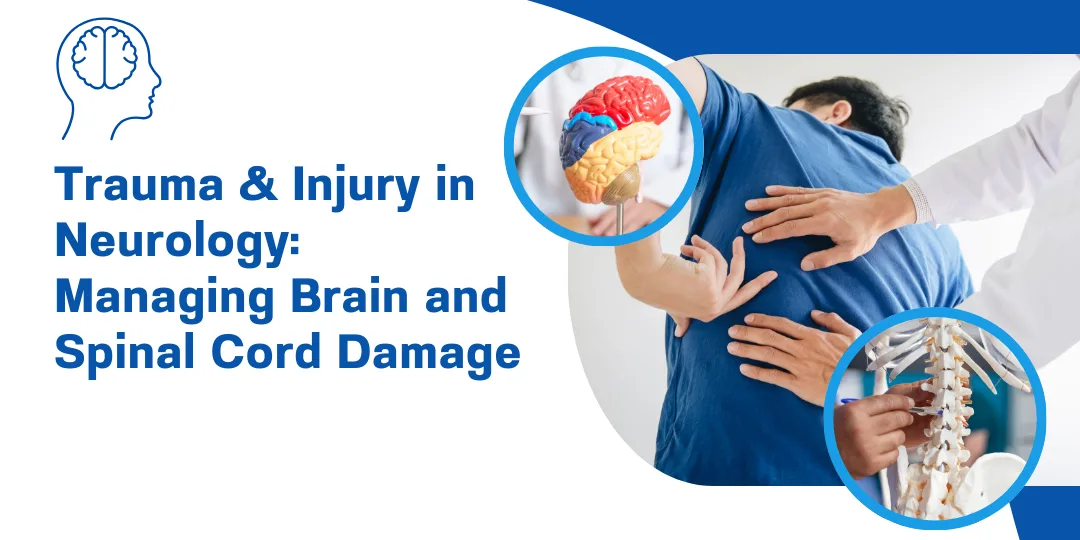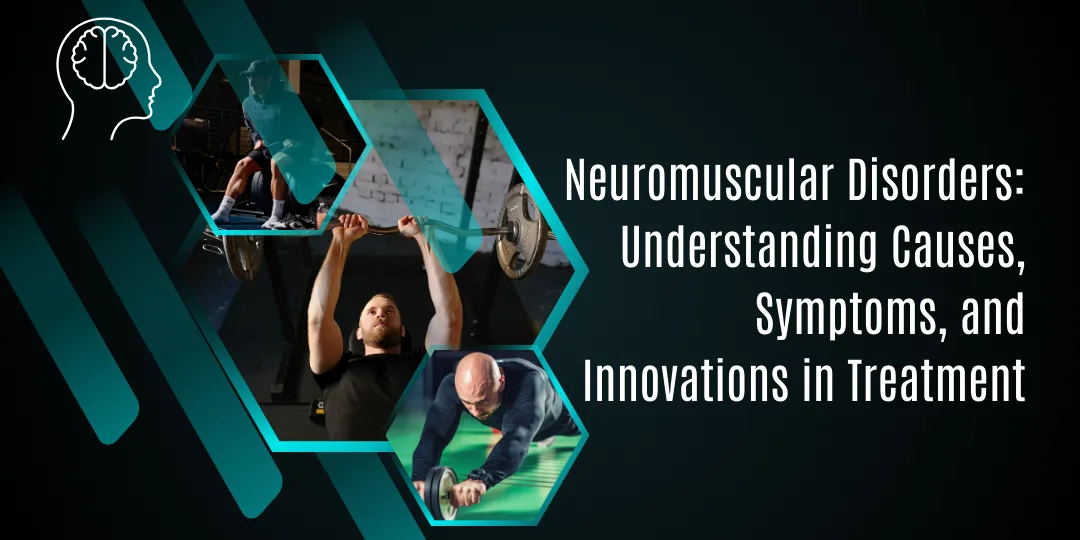Cardiac transplantation is a life-saving procedure for patients with end-stage heart failure who have exhausted all other treatment options. It involves replacing a diseased or failing heart with a healthy donor heart. Since the first successful heart transplant in 1967, advancements in surgical techniques, immunosuppression, and post-transplant care have significantly improved outcomes. In this blog post, we’ll explore the indications and selection criteria for heart transplantation, the surgical process, and the long-term management of transplant recipients.
1. Indications and Selection Criteria for Heart Transplantation
Heart transplantation is considered for patients with severe, irreversible heart failure who have a poor prognosis despite optimal medical and surgical therapy. Common indications include:
- End-Stage Heart Failure: Due to conditions like ischemic cardiomyopathy, dilated cardiomyopathy, or valvular heart disease.
- Refractory Arrhythmias: Life-threatening arrhythmias that don’t respond to other treatments.
- Congenital Heart Disease: Complex defects that cannot be repaired surgically.
- Failed Previous Interventions: Such as ventricular assist devices (VADs) or other advanced therapies.
Selection criteria are strict to ensure the best outcomes:
- Severity of Illness: Patients must have a high risk of mortality without transplantation.
- Overall Health: Candidates should be free of significant comorbidities like active cancer or severe lung, liver, or kidney disease.
- Psychological Readiness: Patients must be mentally prepared for the challenges of transplantation and lifelong immunosuppression.
2. Preoperative Evaluation and Management
Before being listed for transplantation, patients undergo a thorough evaluation to assess their suitability. This includes:
- Cardiac Testing: Echocardiography, stress tests, and right heart catheterization to evaluate heart function.
- Imaging: CT or MRI to assess other organs and rule out contraindications.
- Blood Tests: To check for infections, blood type, and immune system compatibility.
- Psychosocial Assessment: To ensure the patient has a strong support system and understands the commitment required.
While waiting for a donor heart, patients may receive advanced therapies like VADs or inotropic support to stabilize their condition.
3. Surgical Techniques in Heart Transplantation
The heart transplant procedure is complex and requires a highly skilled surgical team. Key steps include:
- Donor Heart Procurement: The donor heart is carefully removed and preserved in a cold solution.
- Recipient Heart Removal: The diseased heart is removed, leaving portions of the atria to connect to the donor heart.
- Implantation: The donor heart is sewn into place, and blood vessels are reconnected.
- Reperfusion: Blood flow is restored, and the new heart begins to beat.
The surgery typically takes 4–6 hours, and patients are closely monitored in the intensive care unit (ICU) afterward.
4. Postoperative Management and Immunosuppression
The immediate postoperative period is critical for ensuring the success of the transplant. Key aspects of care include:
- Monitoring for Rejection: Regular biopsies and blood tests to detect signs of organ rejection.
- Infection Prevention: Strict precautions to reduce the risk of infections due to immunosuppression.
- Immunosuppressive Therapy: Lifelong medications to prevent the immune system from attacking the donor heart. Common drugs include:
- Calcineurin Inhibitors (e.g., cyclosporine, tacrolimus): Suppress T-cell activation.
- Antiproliferative Agents (e.g., mycophenolate, azathioprine): Prevent immune cell proliferation.
- Corticosteroids (e.g., prednisone): Reduce inflammation and immune response.
5. Long-Term Outcomes and Complications
Heart transplantation has transformed the lives of many patients, but it comes with challenges. Key considerations include:
- Survival Rates: The 1-year survival rate is approximately 90%, and the 5-year survival rate is around 75%.
- Rejection: Acute or chronic rejection remains a major concern, requiring lifelong monitoring and medication adjustments.
- Infections: Immunosuppression increases the risk of infections, which must be promptly treated.
- Side Effects of Medications: Immunosuppressive drugs can cause complications like kidney damage, hypertension, and diabetes.
- Quality of Life: Most transplant recipients experience significant improvements in symptoms and functional capacity, allowing them to return to normal activities.
6. Innovations in Heart Transplantation
Research continues to improve the field of heart transplantation. Innovations include:
- Ex-Vivo Heart Perfusion: A technique that keeps donor hearts alive and functioning outside the body, expanding the pool of viable donor organs.
- Artificial Hearts and VADs: Used as a bridge to transplant or as destination therapy for patients who aren’t transplant candidates.
- Tolerance Induction: Experimental approaches to reduce or eliminate the need for lifelong immunosuppression.
Conclusion
Cardiac transplantation is a remarkable medical achievement that offers hope and a new lease on life for patients with end-stage heart failure. From rigorous patient selection and advanced surgical techniques to lifelong immunosuppression and monitoring, the process is complex but incredibly rewarding. If you or a loved one are facing advanced heart failure, consult a healthcare professional to explore whether transplantation is a viable option. With ongoing advancements and dedicated care, heart transplant recipients can look forward to a brighter, healthier future.













0 Comments